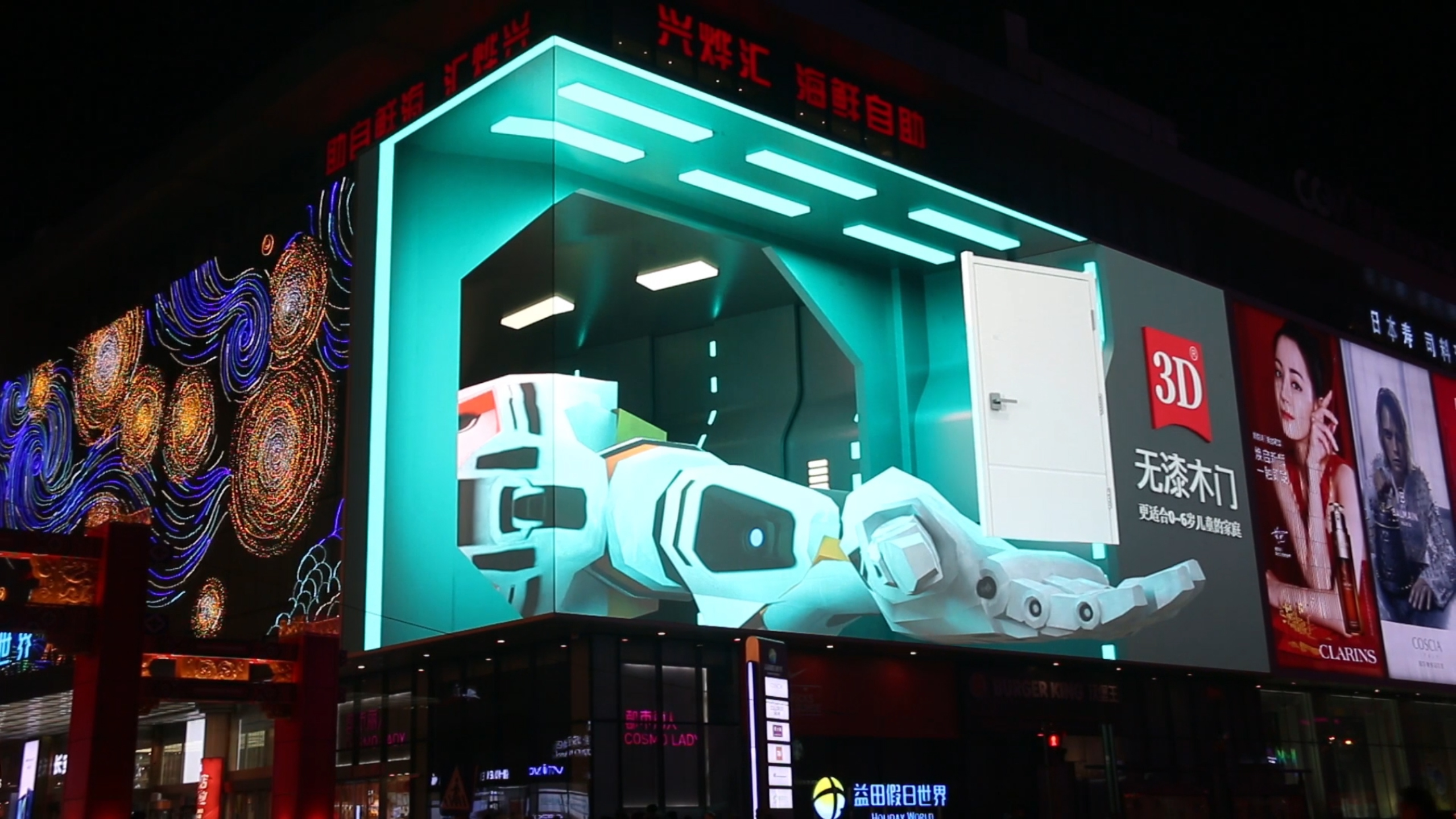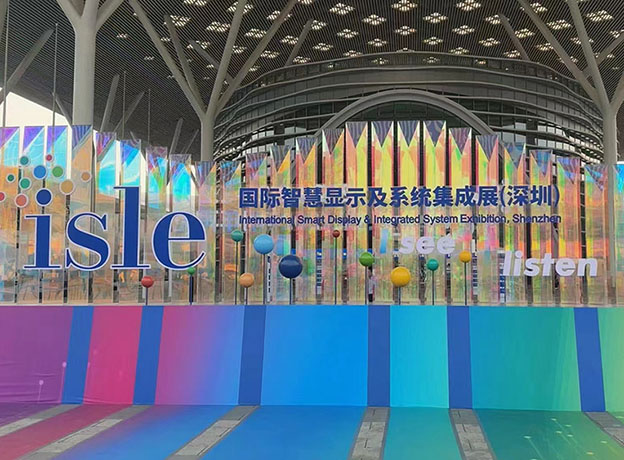The difference between 1080p and 4K resolution in LED display screens lies in the number of pixels and the level of detail they can reproduce.
1080p, also known as Full HD, refers to a display resolution of 1920 x 1080 pixels. It consists of 2.07 million pixels in total. This resolution is commonly found in many devices, including televisions, computer monitors, and smartphones. With 1080p, you can expect a sharp and detailed image, especially on smaller screens.
On the other hand, 4K, also known as Ultra HD, refers to a display resolution of 3840 x 2160 pixels. It contains a whopping 8.29 million pixels, which is four times the number of pixels in a 1080p display. The increased pixel density results in a much higher level of detail and clarity. 4K displays are becoming increasingly popular, particularly in larger screens, as they can showcase more lifelike images and offer a more immersive viewing experience.

The key difference between 1080p and 4K lies in the level of detail they can provide. With 4K, you can see finer details, sharper lines, and more vibrant colors due to the increased pixel count. However, it's worth noting that to fully appreciate the benefits of 4K, you'll need content that is specifically recorded or rendered in 4K resolution. While some devices and services now offer 4K content, there is still a significant amount of content available in lower resolutions such as 1080p. In such cases, the 4K display will upscale the lower-resolution content to fit its higher pixel count, but the improvement in image quality may not be as pronounced as with native 4K content.Additionally, a 4K display provides better color reproduction and contrast, resulting in more vibrant and lifelike visuals. It can display a wider range of colors and shades, enabling more accurate and nuanced image representation.
It's also important to consider the size of the screen when choosing between 1080p and 4K. On smaller screens, such as smartphones or computer monitors, the difference between the two resolutions may be less noticeable. However, on larger screens, such as televisions, the higher pixel density of 4K can significantly enhance the viewing experience, especially when watching high-quality content or sitting closer to the screen.
In summary, 4K offers a significant increase in detail and clarity compared to 1080p, particularly on larger screens. However, the benefits of 4K are more apparent when paired with high-quality 4K content.









3th Building,Gaosite Zone Pingshan
New District, Shenzhen

sevice88@kingaurora.com
3th Building,Gaosite Zone Pingshan
New District, Shenzhen